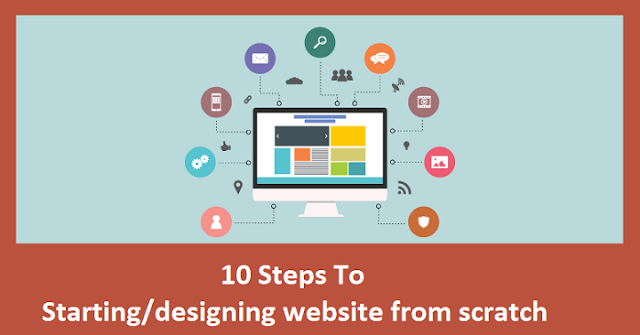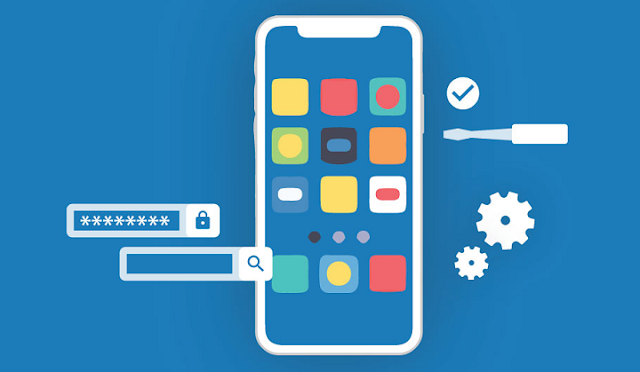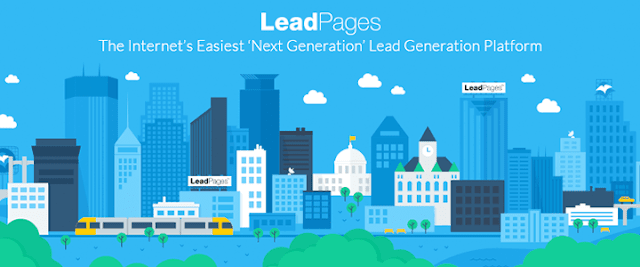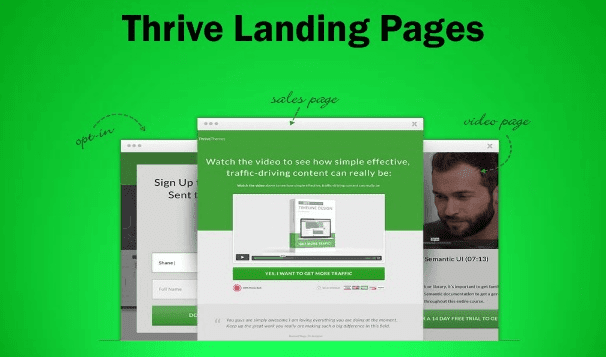DIY Don't: 7 Reasons You Shouldn't Design Your Own Website
By Ashutosh Jha →
Friday, August 14, 2020
There are over 1.7 billion websites in the world today and new ones are launching every second. With so many people competing for attention, how will you make your business website stand out from the crowd?

If you're just starting out, it's easy to think a free website will save you money, but in fact, the opposite is true. A professional website is an investment in your business and will help you attract high-paying clients and customers.
Why You Should Not Design Your Own Website
Here are 6 reasons why you shouldn't design your own website and hire professional web designers to do it for you.It's well said that Developing a website is not just a technical skill, it's much more than that!
1. Professionalism
If you're a serious business owner or a brand, your website is your business card. It's the first thing people will look at online and judge your brand accordingly. If you use a free web design platform or don't personalize your domain name, you won't attract any clients or turn a profit.Consider hiring web development agency services to make sure you have a professional website made to attract and convert clients.
2. SEO (Search Engine Optimization)
Search engine optimization (SEO) is crucial for ranking high on search engine pages. For example, in order for Google to find your website and decide how to rank it, the website needs to be properly optimized.This includes using special plugins and tools that not all free web design platforms offer.
Not only these, if you're going to design your own website, but you also need to understand many common website errors and attributes as well. Some of those are like-
- 301 redirects
- Backlinks
- 404 error pages
- Schema markup
- Domain authority, Page authority, MOZ score, Domain Rating, and more such parameters
- Anchor Text and more
All these come under on-page SEO techniques that need to be done in order to rank a website.
3. Website Management
Having a website means you'll need to manage and update it constantly. Whether you want to add new images, blog posts, or pages, or want to view your analytics, most free platforms offer only the basic tools.For example, if you want to design your own ecommerce website, you'd need to constantly update the products you offer. You'll need to migrate your website to a more powerful platform. This can end up costing you more money than professional web design.
4. Ownership
Before you create your own website design free of charge, think about the ownership. Web design platforms like Squarespace and Wix own your website because they own the software you used to create it.If something happens to these platforms and they stop working, your website stops working with them. There are many other aspects as well like you're not the client of yourself. That means, even if you won't like many things, you will go with it as you have developed yourself. And usually, developers fall in love with what they do.
Further making changes on it will be difficult for you. But at the same time, if you are getting it developed from some professional agencies, you can be strict with the requirements. And even if your developers are not making as expected, you can always get it changed. With a professionally designed website, you can be sure it's always safe and secure.
5. Customization
Most free web design platforms offer a certain level of customization, but to truly personalize your website, you'd probably need to pay huge monthly fees.For a good website, along with the programming skills, you need various tools for the different works. These may include image design, graphics, SEO analysis tools, Email marketing, and more. And getting all these one by one can be a tedious job and expensive as well.
A web designer can create the website of your dreams, exactly like how you imagined it. This way, you don't have to compromise between functionality and design - you can have both.
6. Timing
Let's say you have decided to launch a website in the next 6 months and instead of going with professional developers, you're creating yourself. Most of the time you will see the project is not on time. Although there are many free and paid project management software are available to manage the time but still it is very difficult.
This might be due to various reasons and some of those are-
- You're stuck somewhere in technical errors
- You're not good in graphics designing
- Website load time is more
- You are not getting enough time to work on it
- Logic is not as expected and many such errors
Any of these issues can simply increase your project timeline and you will end up creating a huge mess. At the same time, if you are getting it developed by some agencies, it's their full-time work and they will follow your timeline.
7. Ads and Banners
If you're creating a website you must be either creating it for some services or some information. If you're creating for sharing some information then you may want to monetize website using some kind of ads.Here also, if you are not much work in the area, then you will end up increasing the website loading time. This will again impact the website SEO and also the user experience will be impacted a lot.
At the same time, if you're getting it developed from professional developers, they know how to generate the revenue from the website without impacting the user experience.
Conclusion
Now You Know Why You Shouldn't Design Your Own Website and Leave It to the Pros.Before you attempt to design your own website, think about the time and energy you'd be wasting. If you're serious about your business, it's best to leave web design to the pros so you can focus on more important things.
Want more business and entrepreneurship tips? Check out the other articles we've written on these topics and stay tuned for the newest industry trends and updates.






























